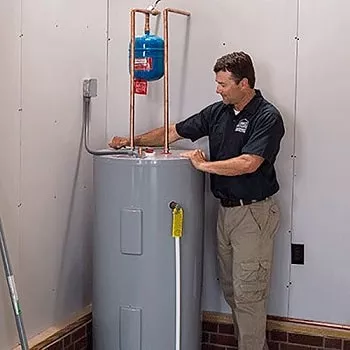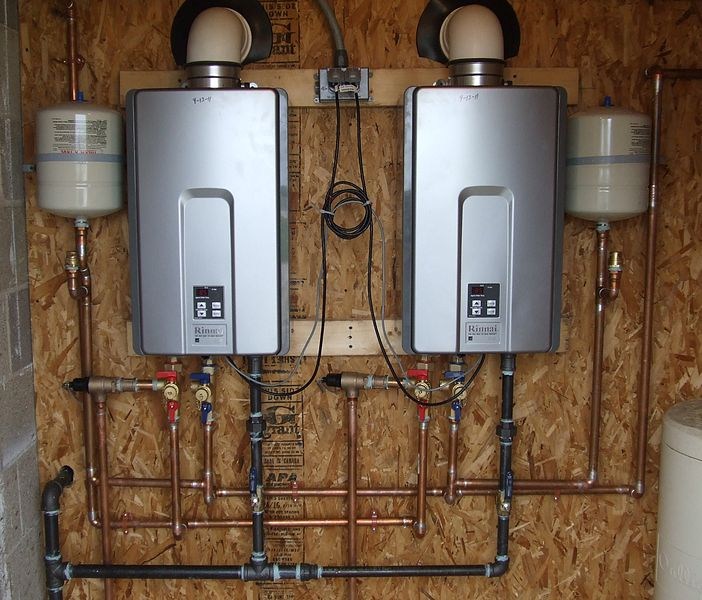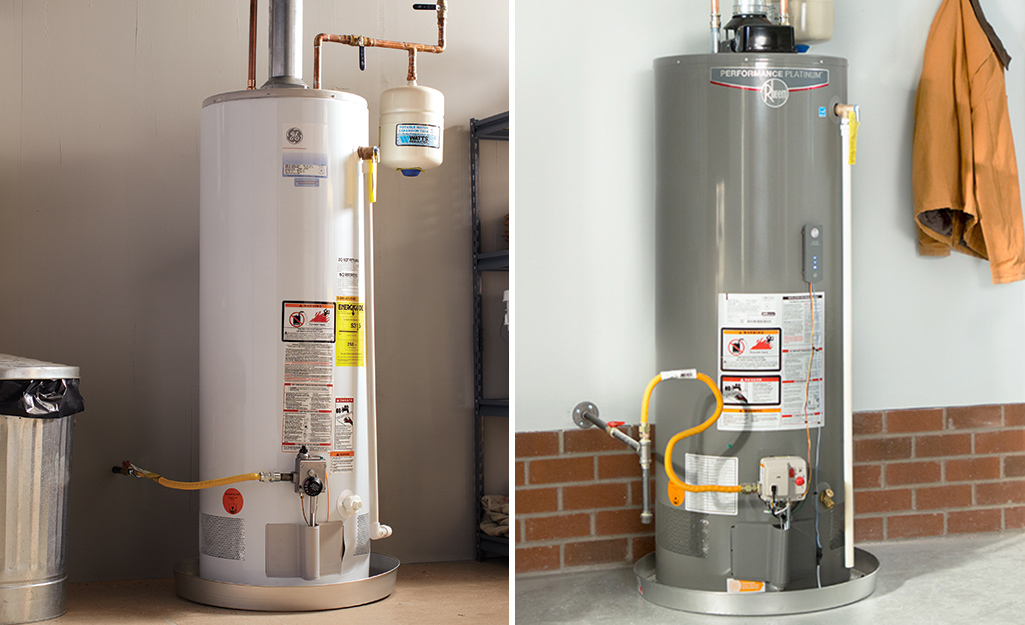Professional Pipe Repair Solutions to Avoid Expensive Water Damage
Professional Pipe Repair Solutions to Avoid Expensive Water Damage
Blog Article
Complete Guide to Water Heating UnitInstallment and Substitute
Recognizing the ins and outs of water heating system setup and replacement is important for house owners seeking to guarantee efficiency and reliability in their warm water supply. From picking the ideal kind and size to executing a smooth installment procedure, numerous variables must be considered to prevent typical challenges.
Sorts Of Water Heating Units
When thinking about water heating unit setup and substitute, it is essential to comprehend the numerous kinds of hot water heater offered in the market. The most common kinds include container water heating systems, tankless water heating units, heatpump hot water heater, and solar water heaters.
Tank water heating units are standard systems that store a certain quantity of hot water, making them conveniently available when needed. In contrast, tankless water heating systems provide hot water on need, getting rid of the demand for storage.
Warmth pump water heaters utilize electrical power to transfer heat from the air or ground to heat water, offering substantial power financial savings but requiring more room and specific setup problems. Last but not least, solar water heaters harness solar power to warm water, giving an environment-friendly alternative with possible lasting cost savings, although they usually require a backup system for gloomy days.
Understanding these options guarantees informed decisions pertaining to setup and replacement, accommodating details requirements and preferences.
Picking the Right Dimension
Selecting the appropriate dimension for a water heating unit is essential to ensure optimum performance and performance. A system that is too tiny will have a hard time to fulfill house needs, resulting in irregular warm water accessibility and increased power intake. Conversely, an oversized water heater can lead to unneeded power waste and greater utility costs.
To determine the right size, think about the household's height warm water usage. This can be computed based on the variety of owners and their regular warm water needs. As an example, a household of four might call for a water heating system with an ability of 50 to 80 gallons, depending upon the use patterns, such as simultaneous showers and laundry.
Furthermore, assess the recuperation rate, which measures exactly how rapidly a heating unit can replenish warm water after it has been made use of. For tankless versions, concentrate on the flow rate, gauged in gallons per minute (GPM), to guarantee it satisfies the household's synchronised need.

Setup Refine Overview

Next, the old system has to be disconnected and removed, taking treatment to adhere to neighborhood codes and guidelines concerning disposal. When the old device is out, the brand-new water heating system can be positioned in position. This step involves connecting the water lines, guaranteeing that all fittings are safe and secure and leak-free.
After establishing water connections, it's necessary to attach the power supply, whether electric or gas, following the supplier's directions meticulously. As soon as all connections are made, the system must be loaded with water, and the power can be transformed back on. Finally, it is very important to look for leakages and guarantee the water heater is operating correctly prior to finishing the setup process.
Usual Installation Mistakes

Another regular mistake is ignoring to follow neighborhood codes and policies. Falling short to stick to these standards can not only reference lead to security threats however might additionally result in expensive penalties or the requirement for pricey reinstallation.
Stopping working to safeguard connections or using the wrong type of installations can lead to leakages and water damages. By preventing these common setup mistakes, homeowners can ensure their water heating system operates securely and successfully, maximizing efficiency and durability.
Maintenance Tips for Longevity
Correct upkeep of a water heating unit is important for its longevity and ideal efficiency. Normal assessments and servicing can avoid pricey fixings and expand the home appliance's life-span. Begin by inspecting the temperature setting; it needs to generally be established in between 120 ° F and 140 ° F for ideal energy performance and safety and security.
Every six months, flush the storage tank to eliminate sediment build-up, which can hinder heating performance and cause deterioration. To do this, switch off the heating unit, attach a hose pipe to the drainpipe shutoff, and allow the water run until it is clear.
Anode rods need to be inspected each year and changed when they are corroded. These rods aid protect against container deterioration by attracting harsh components in the water.
In addition, examine the pressure relief shutoff regularly to ensure it is working appropriately. This shutoff is essential for stopping excessive pressure build-up within the storage tank.
Finally, think about scheduling a professional upkeep check every couple of years for thorough assessments and servicing. By sticking to these upkeep ideas, home owners can considerably boost the efficiency, safety and security, and life expectancy of their water heating units, making sure reputable warm water for years to come.
Final Thought
In verdict, correct setup and maintenance of water heating units are critical for ensuring efficiency and long life. By recognizing these important aspects, property owners can achieve a reputable hot water supply while decreasing potential concerns associated to water heating unit operation.
Comprehending the complexities of water heater installation and replacement is critical for property owners seeking to ensure efficiency and integrity in their warm water supply.Tank water heating units are traditional systems that save a specific quantity of hot water, making them readily offered when required. In comparison, tankless water heating systems offer warm water on need, eliminating the need for storage space. read here Selecting a water heating system that is either also little or too huge can lead to ineffectiveness, resulting click for more info in poor warm water supply or extreme energy consumption.
By comprehending these important facets, property owners can accomplish a reputable hot water supply while decreasing possible concerns related to water heating unit operation. water heater installation.
Report this page